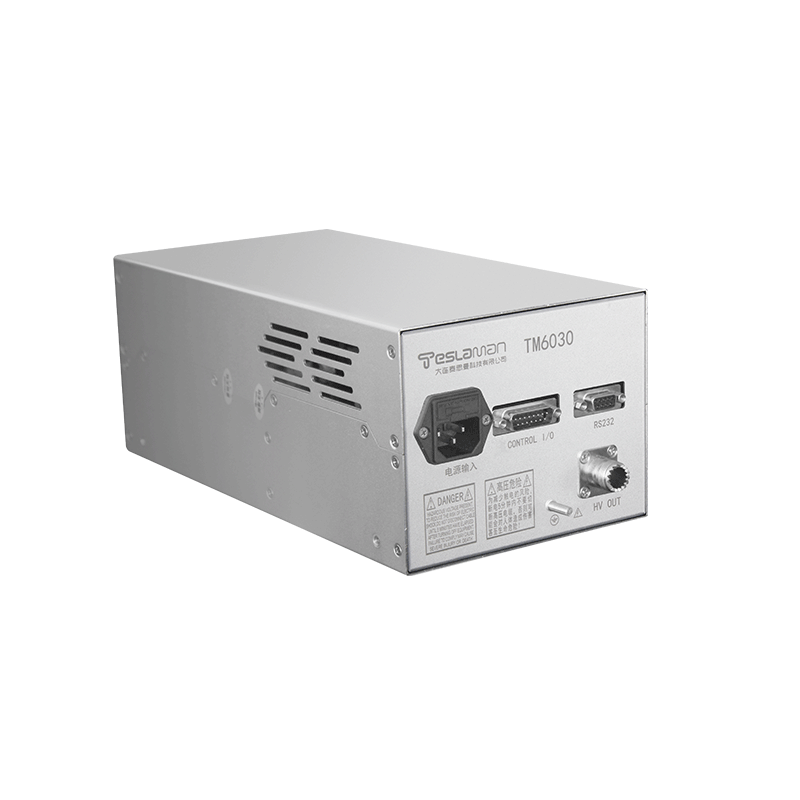Gamma Camera High-Voltage Power Supply: Enhancing Gamma-Ray Energy Resolution
The gamma camera relies on precise photon-to-electron conversion and amplification processes to produce diagnostic nuclear images. The high-voltage power supply directly determines the biasing conditions of photomultiplier tubes (PMTs) or solid-state detectors, which influence signal gain, linearity, and noise. Therefore, improving energy resolution depends largely on power supply precision and noise performance.
The optimized design employs a low-ripple, digitally regulated high-voltage source with long-term stability better than ±0.002%. Even small voltage fluctuations can alter PMT gain, broadening energy spectra and degrading image sharpness. To prevent this, the system implements active digital feedback that continuously monitors detector pulse amplitude and adjusts bias voltage to maintain consistent gain.
Electromagnetic interference suppression is achieved through multilayer shielding and high-order LC filtering, ensuring that detector output is unaffected by power switching noise. A differential regulation stage further minimizes ripple below 0.01%, improving energy discrimination between adjacent gamma peaks.
Temperature compensation circuits correct for drift in bias voltage caused by environmental variations. In multi-detector arrays, synchronized regulation ensures that inter-detector voltage variation remains below 0.01%, maintaining uniform gain and energy response across the field of view.
The incorporation of adaptive control algorithms allows real-time optimization of voltage distribution according to count rate and radiation intensity. These measures collectively enhance the gamma camera’s energy resolution by up to 5%, providing sharper spectral separation and improved image clarity essential for accurate nuclear medicine diagnostics.




















